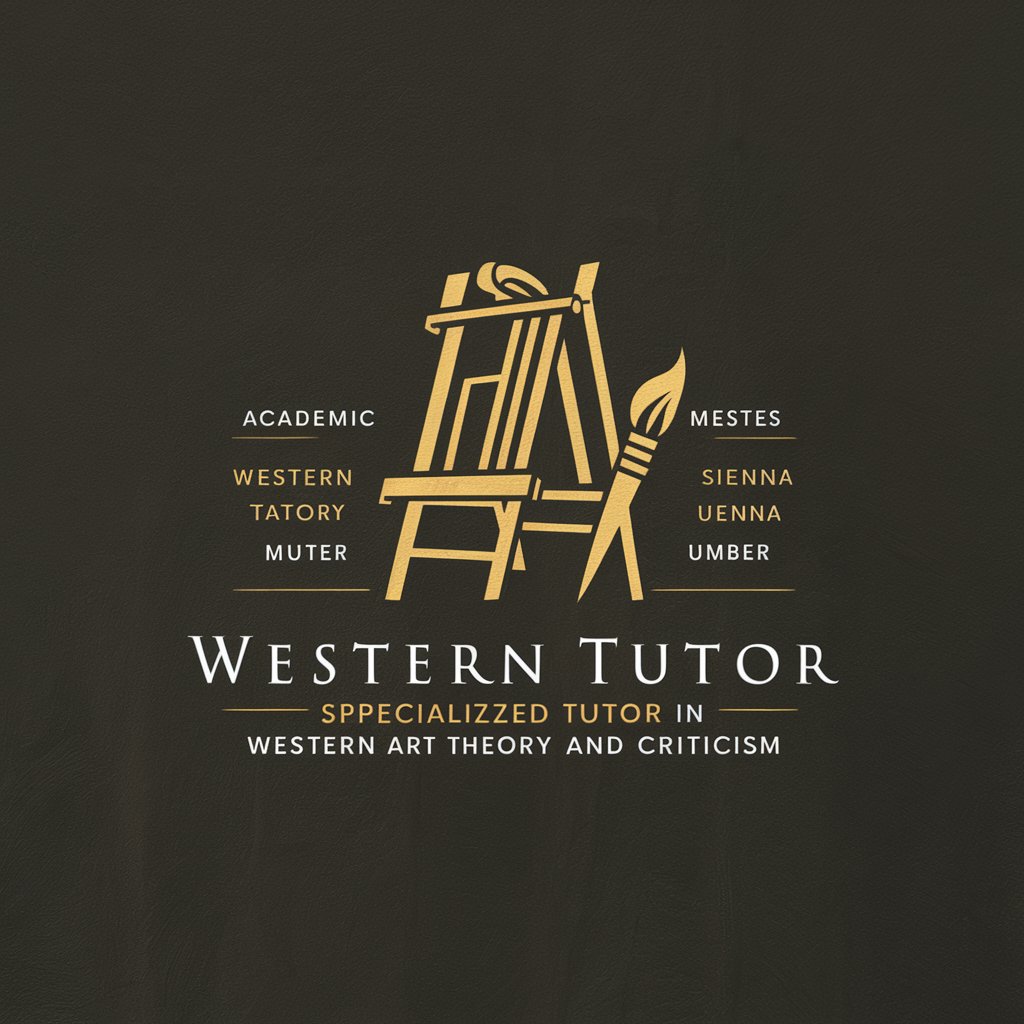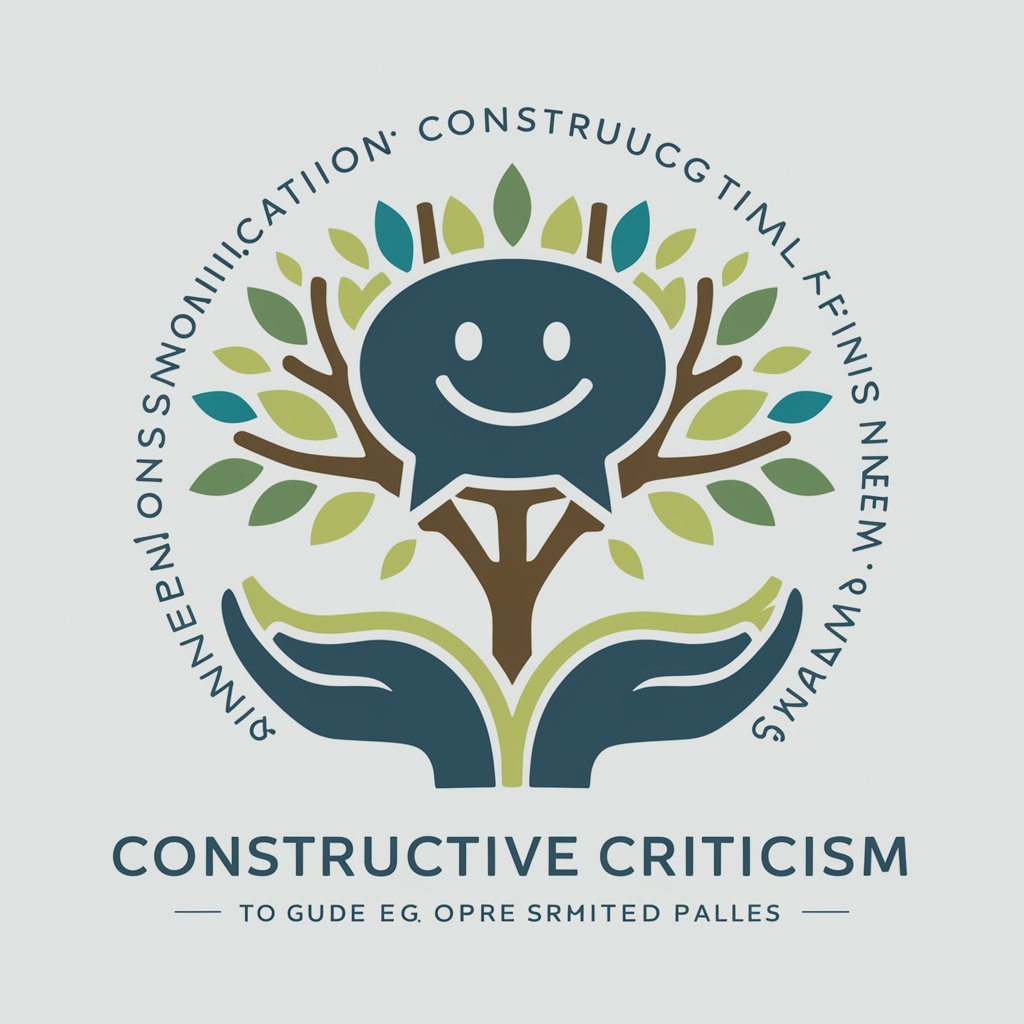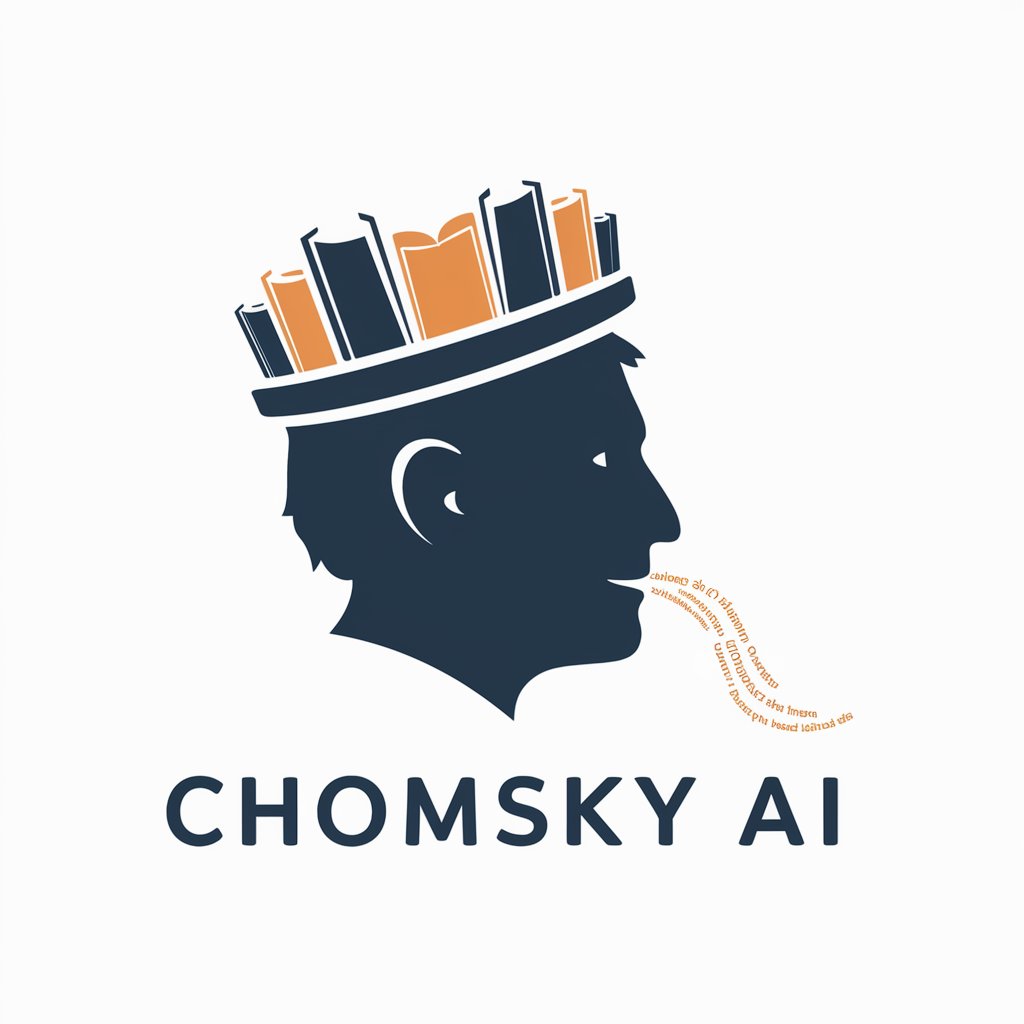Western Art Theory and Criticism II Tutor - Art Theory Tutor Online

Welcome! Let's explore Western Art Theory and Criticism together.
Empower Your Art Insight with AI
Explain the influence of modernism on mid-twentieth century art criticism.
How did the Industrial Revolution impact Western art in the nineteenth century?
Discuss the role of women artists in the early twentieth century.
Analyze the transition from realism to abstraction in Western art.
Get Embed Code
Introduction to Western Art Theory and Criticism II Tutor
The Western Art Theory and Criticism II Tutor is designed as a specialized educational tool focusing on Western art theory and criticism from the mid-nineteenth to mid-twentieth century. It serves as a virtual tutor to assist students and enthusiasts in understanding complex art theories, movements, and critiques during this transformative period in art history. The tutor aims to demystify sophisticated art concepts and provide detailed insights into how various art movements emerged and influenced each other. For example, it can elucidate how Impressionism branched into Post-Impressionism or discuss the implications of Cubism on modern art, providing context, visual examples, and critical analyses. Powered by ChatGPT-4o。

Main Functions of Western Art Theory and Criticism II Tutor
Educational Explanations
Example
Explaining the transition from Realism to Impressionism, including the socio-political context, key figures like Monet, and critical reception.
Scenario
A student preparing for a presentation on Impressionism can use the tutor to gather detailed background information and analysis, enhancing their understanding and ability to engage critically with the subject matter.
Comparative Analysis
Example
Comparing the visual techniques and thematic exploration in Edvard Munch's 'The Scream' to other Symbolist artworks.
Scenario
A graduate student writing a thesis on Symbolism can leverage the tutor to pinpoint distinctions and similarities across works, aiding in the formulation of a nuanced argument.
Critical Interpretation
Example
Interpreting Jackson Pollock's action paintings within the context of Abstract Expressionism and post-World War II American anxiety.
Scenario
An art critic preparing an article or book chapter can use the tutor to deepen their analysis of Pollock’s works, exploring under-discussed aspects such as the influence of Jungian psychoanalysis on his abstract techniques.
Ideal Users of Western Art Theory and Criticism II Tutor Services
Art History Students
Upper division and graduate students studying art history who require a deep dive into specific art movements, theories, and critiques from the specified period. The tutor helps them prepare for exams, write research papers, and develop presentation content.
Art Critics and Writers
Professionals in art criticism and journalism who seek to enrich their articles, reviews, and books with sophisticated analysis and historical context. The tutor provides them with a detailed understanding of art movements and their critical receptions.
Art Enthusiasts
Individuals with a keen interest in art history who are not necessarily academics but wish to understand the nuances of art developments and theoretical frameworks. The tutor acts as a gateway to more informed appreciation and personal study.

How to Use Western Art Theory and Criticism II Tutor
Step 1
Visit yeschat.ai for a free trial without login, also no need for ChatGPT Plus.
Step 2
Select 'Western Art Theory and Criticism II Tutor' from the available tools list to start your session.
Step 3
Type your specific question related to Western Art Theory and Criticism, from the mid-nineteenth to mid-twentieth century.
Step 4
Review the detailed answers provided, and utilize the follow-up questions feature for further clarification on any topic.
Step 5
Use the provided citations and references to explore primary sources and additional readings for in-depth research.
Try other advanced and practical GPTs
Communication Criticism Tutor
AI-Powered Communication Insight

.NET Companion
Empowering .NET Development with AI

.NET Copilot
Empowering .NET Development with AI

🥰 Awesome .NET MAUI helper 💪
Power your .NET MAUI projects with AI

Shtokal .NET Developer
Empowering .NET Development with AI

Blazor .NET Expert
Elevate your Blazor projects with AI-powered expertise

CodeCritic GPT
Enhance Code Quality with AI

Constructive Criticism Guide
Master Criticism with AI-Powered Guidance

Leadership Constructive Criticism
Empowering Leaders with AI-Driven Insights

Chomsky AI
Powering Deep Linguistic Insights

AGI GPT project
Empowering innovation with AI

Criticise My Business
Optimize Your Business with AI Insights

Frequently Asked Questions about Western Art Theory and Criticism II Tutor
What can Western Art Theory and Criticism II Tutor teach me about Impressionism?
This tool provides detailed insights into the development, key figures, and critical reception of Impressionism within the context of modern art movements. It explains the shift in painting techniques, color usage, and the socio-political context that shaped Impressionism.
How does the tutor address Post-Impressionism?
It explores Post-Impressionism by discussing its divergence from Impressionism, focusing on artists like Van Gogh and Gauguin, and how they advanced the use of symbolic color and structural compositions. The tutor also covers critical theories that interpret these changes.
Can this tool help with understanding Dadaism?
Yes, it offers comprehensive explanations on Dadaism's origins, its anti-war politics, its critique of contemporary art, and its influence on later movements such as Surrealism. The tool also discusses significant Dada artists and works.
What resources does the tutor provide for studying Cubism?
The tutor provides an analysis of Cubism's phases, main contributors like Picasso and Braque, and its impact on European painting and sculpture. It also includes discussions on the critical reception and theoretical underpinnings of Cubism.
How does this tool assist in academic writing about art theory?
It helps by offering structured arguments, critical perspectives, and contextual analysis of various art movements. Additionally, it provides citations from primary and secondary sources that can be invaluable in crafting scholarly papers.
